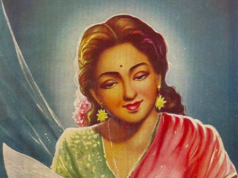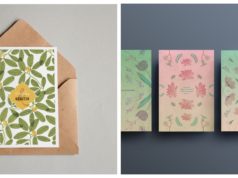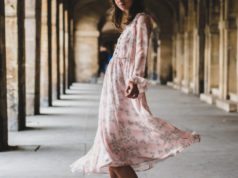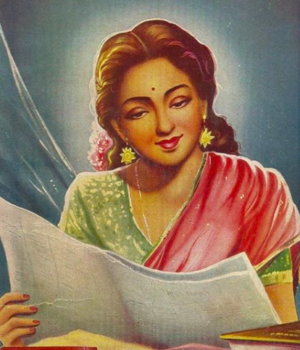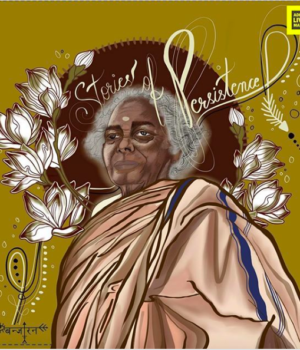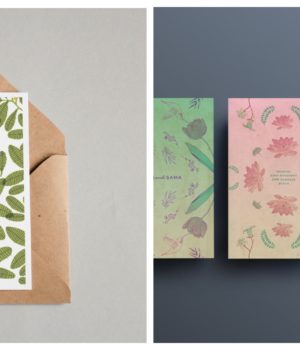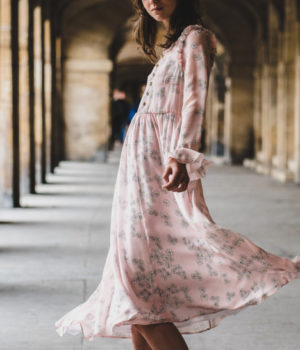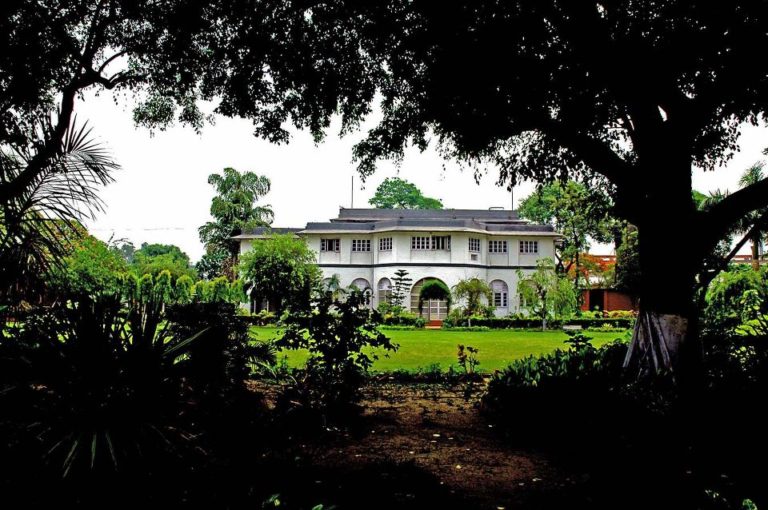
If you read a lot of Ruskin Bond, you will know that sprawling bungalows with enviable gardens play a secondary character by themselves in most of his stories. These rich relics are one of the many favourable things the British left behind along with the railroads, the game of cricket and their language.
Like fading beauties, most colonial bungalows these days are fading into inevitable destruction since the original owners have flown the coop. However one man’s concern and intense admiration for these bungalows has made sure that these architectural marvels are at least preserved in photographs. And thus The Colonial Bungalow Project was created.
We spoke to Kiruba Shankar, the founder of The Colonial Bungalow project, to dig deep into the foundations of this intriguing project and here’s what he had to say.
1. First off, how did you become interested in this uniquely niche category of photographing colonial bungalows?
I was born in a picture postcard village where we had very old homes. This got me fascinated. When I moved to the city for school, college and later work, these old bungalows would evince strong nostalgic memories for me. But it broke my heart to see these beautiful bungalows get torn down to make way for newer homes or high rise buildings. As a single man, I cannot go stop the demolitions. The least I can do is to capture them via photos so that I can safeguard them digitally for posterity.
2. Would you say that this project is similar to the urban exploration trend that is becoming popular in cities these days?
In a way, yes.
3. Other than legal permission, what are other obstacles a person might stumble upon while working to contribute to this project?

The biggest obstacle is getting hold of information about the original occupants of these bungalows. Many of them have passed on and their descendants have moved to different cities or countries. This makes it difficult to get the information.
4. Have you faced negative criticism of any sort considering colonial bunglaows are relics of a bloody time in Indian history?
None so far. Not a single person has raised this issue. I have been getting a lot of positive support and words of appreciation. I guess, people look at the good side of this project.
5. What was the best experience you’ve had photographing a colonial bungalow?

The best part of the experience is that this project is the opportunity to network and know people who are passionate about preserving history and culture. These are very cool people. Also, because this Colonial Bungalows Projects extends to all South East Asian Countries like Singapore, Malaysia, Philippines, Sri Lanka, Brunei, India, Hong Kong, Maldives, Mauritius, Burma, it has given me extra reason to travel.
6. At the end of the day, what makes all the sweat you put into this project worth it?
The fact that our grand children and their children will get to see how these magnificent look like even though they may not exist is a great satisfaction to the soul. Right from the first day, I had envisioned this project to be a crowdsourced initiative. My goal is to build a strong community of people who believe in preserving history.
The best thing about this project is you can be a part of it too. Any information or pictures you have about colonial bungalows in south east Asia will only add to the treasure trove of material available.
Click here to visit the official site for the project and to view all the colonial bungalows that have been photographed till date, and follow their Facebook page for regular updates and to post any queries or information you might have. Information about Kiruba Shankar can be found here.
Interview by Preethi Sagar
Featured image source: Colonial Bungalows

